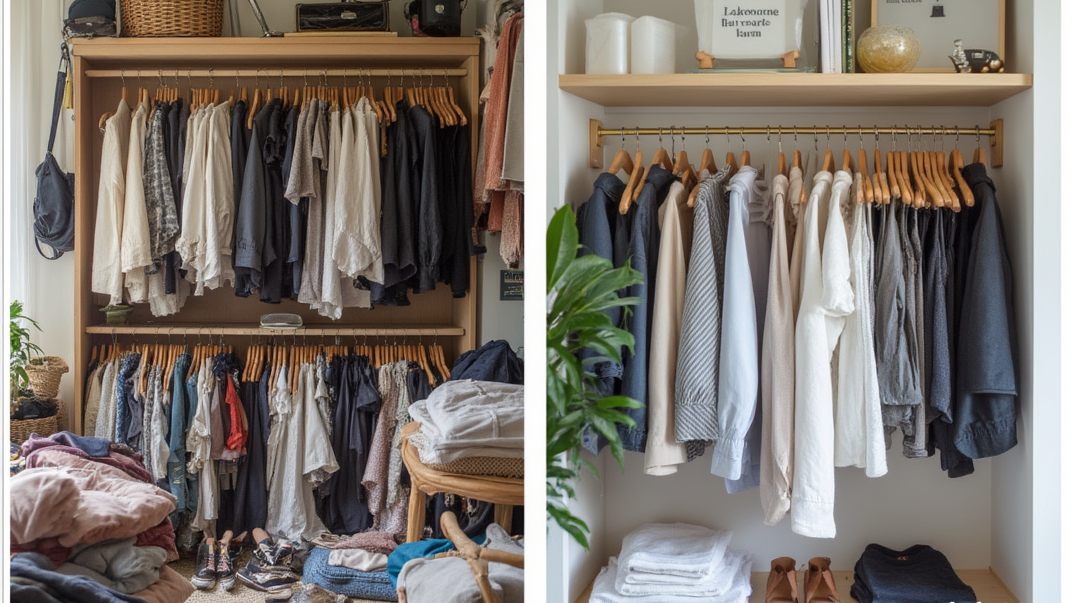Why Owning Less Is the New Status Symbol
The Quiet Rebellion Against Overconsumption
In an era of hyper-consumerism, a counter-movement is gaining momentum. Meet the low-consumption lifestyle—a philosophy where people deliberately own less but experience more. From capsule wardrobes to subscription-based living, this trend isn’t about deprivation; it’s about curating a life rich in meaning, not stuff.
Studies show that millennials and Gen Z now prioritize experiences over possessions (Eventbrite, 2023). But why? And how can you embrace this shift without feeling like you’re missing out?
1. The Psychology of Owning Less
Why We’re Tired of “Stuff”
- Decision Fatigue: The average person owns 148 clothing items but wears only 20% regularly (ClosetMaid Survey). More choices = more stress.
- The Burden of Maintenance: Every possession requires upkeep—cleaning, organizing, repairing. Minimalists report lower cortisol levels (Journal of Environmental Psychology, 2022).
- Status Shift: Luxury is no longer about logos—it’s about time, freedom, and unique experiences.
The Rise of the “Capsule Lifestyle”
- Wardrobes: The 30-piece capsule wardrobe trend (pioneered by Courtney Carver) reduces decision fatigue.
- Homes: Tiny houses and modular furniture (like IKEA’s collapsible designs) prioritize function over excess.
- Digital Consumption: Even streaming services see users opting for curated playlists over endless scrolling.
2. The Subscription Economy: Access Over Ownership
Why buy when you can borrow, rent, or subscribe?
Case Studies
- Fashion: Rent the Runway and Nuuly let users rotate high-end clothing without closet clutter.
- Tech: Companies like Grover offer monthly gadget rentals—upgrade your phone without e-waste guilt.
- Cars: Zipcar and Turo make car ownership optional for urban dwellers.
The Math: The average car sits unused 95% of the time (Forbes). Renting when needed saves money and space.
3. The Secondhand Revolution: Sustainability Meets Style
Thrifting is no longer just for bargain hunters—it’s a cultural statement.
- Luxury Resale: The secondhand market will hit $77 billion by 2025 (ThredUp Report).
- Gen Z’s Influence: 62% prefer buying pre-owned to reduce environmental impact (Nielsen).
- Community Resale Apps: Depop, Poshmark, and Vestiaire Collective turn shopping into social experiences.
Pro Tip: Host a clothing swap party—refresh your wardrobe for free while bonding with friends.
4. The Hidden Challenges of Low-Consumption Living
It’s not all Instagram-perfect.
- Social Pressure: “Why don’t you treat yourself?” can make minimalism feel isolating.
- Convenience Trade-Offs: Renting or borrowing sometimes means less spontaneity.
- Greenwashing Alert: Some “sustainable” brands still overproduce—research before trusting labels.
Solution: Find your balance. Not everyone needs a 15-item wardrobe—start with one clutter-free zone (like your desk or kitchen).
5. How to Start Your Low-Consumption Journey
Actionable Steps
- The 90/90 Rule: Haven’t used it in 90 days? Unlikely you’ll need it in the next 90. Donate/sell.
- One-In, One-Out: For every new item, let go of an old one.
- Experience Wishlist: Instead of a shopping list, keep a “to-do” list (e.g., pottery class, hiking trip).
- Digital Declutter: Unsubscribe from promotional emails—reduce temptation.
Less Clutter, More Life
Low-consumption living isn’t about sacrifice—it’s about making room for what truly matters. Whether it’s financial freedom, mental clarity, or a lighter environmental footprint, owning less can ironically give you more.
Final Thought:
“The things you own end up owning you.” — Chuck Palahniuk, Fight Club
Call to Action
Challenge: Try a 7-day no-spend week—no new purchases except essentials. Notice how it shifts your mindset.






